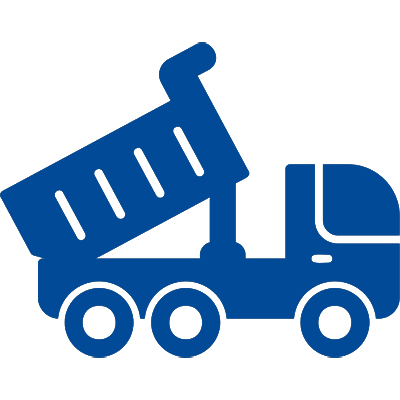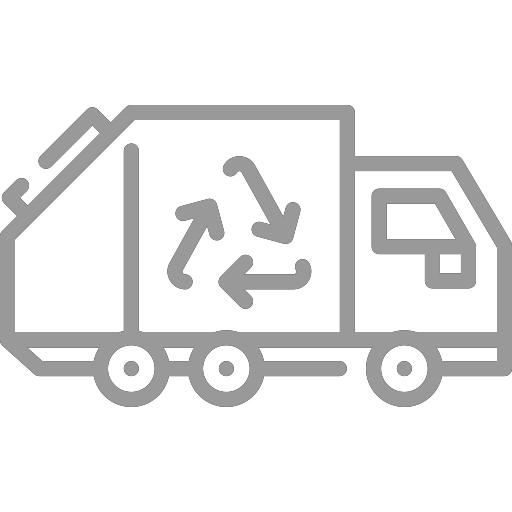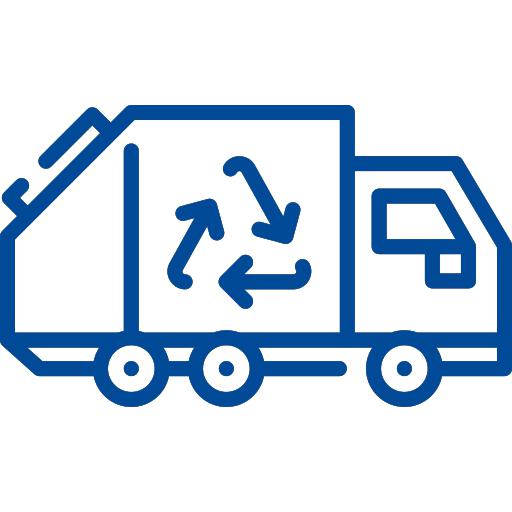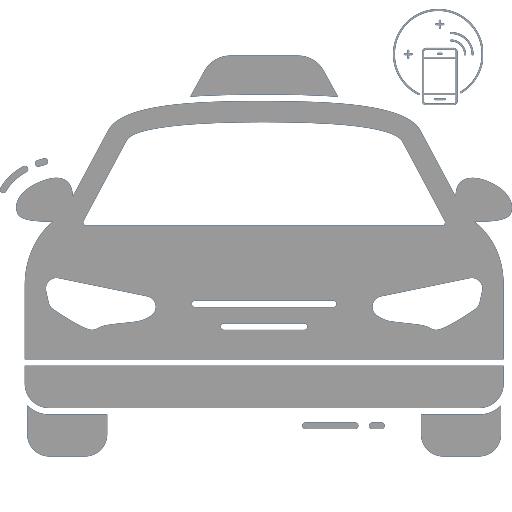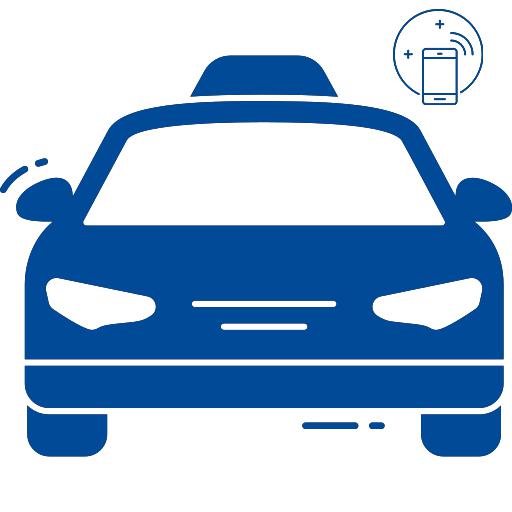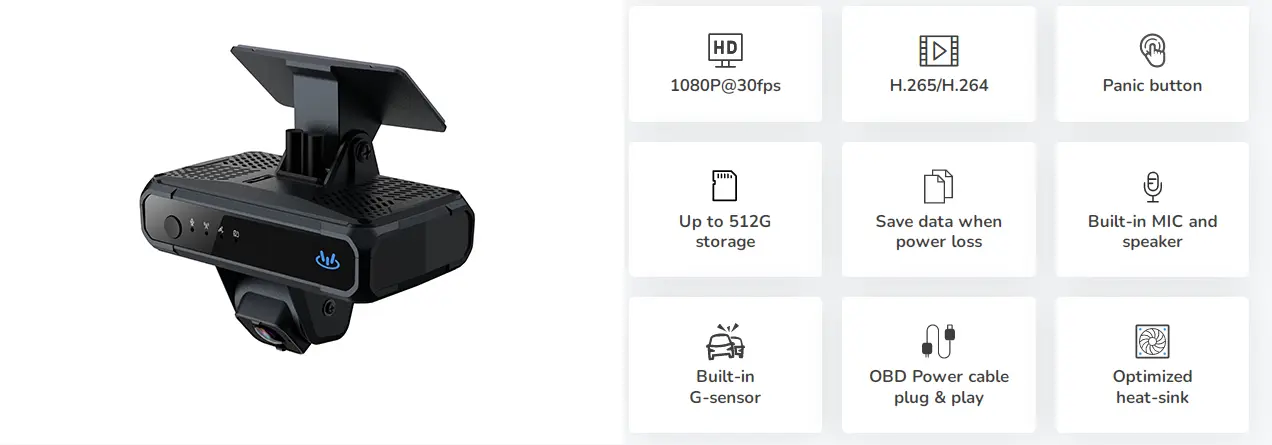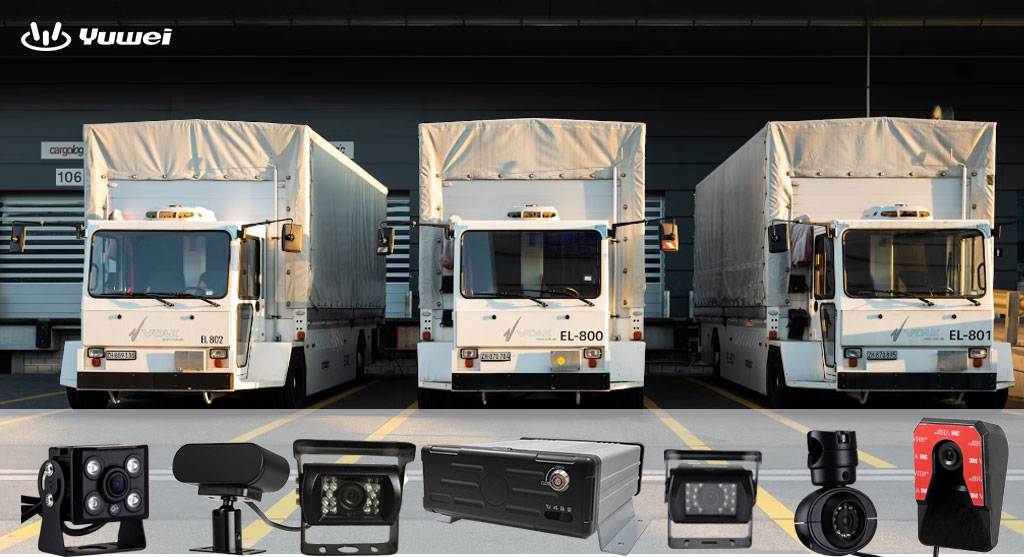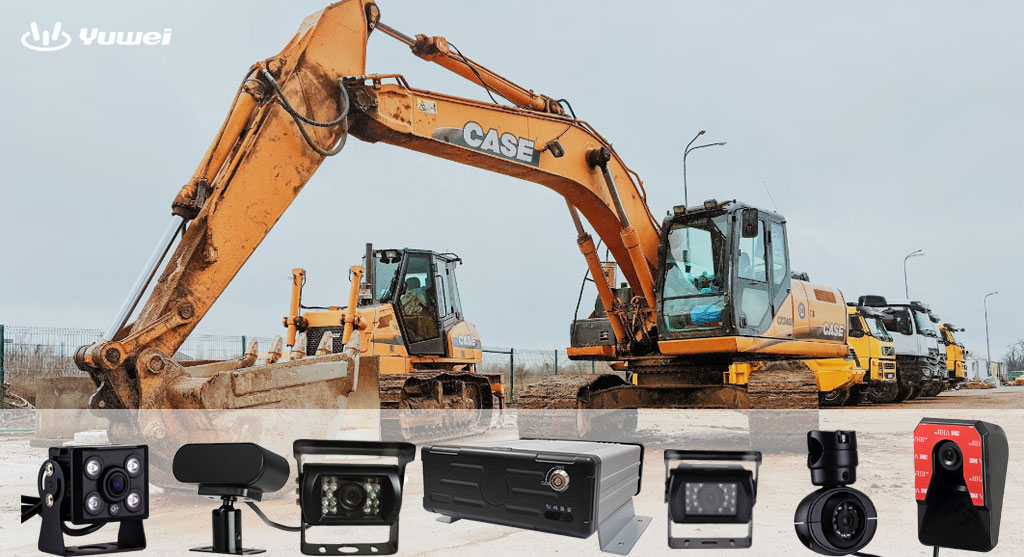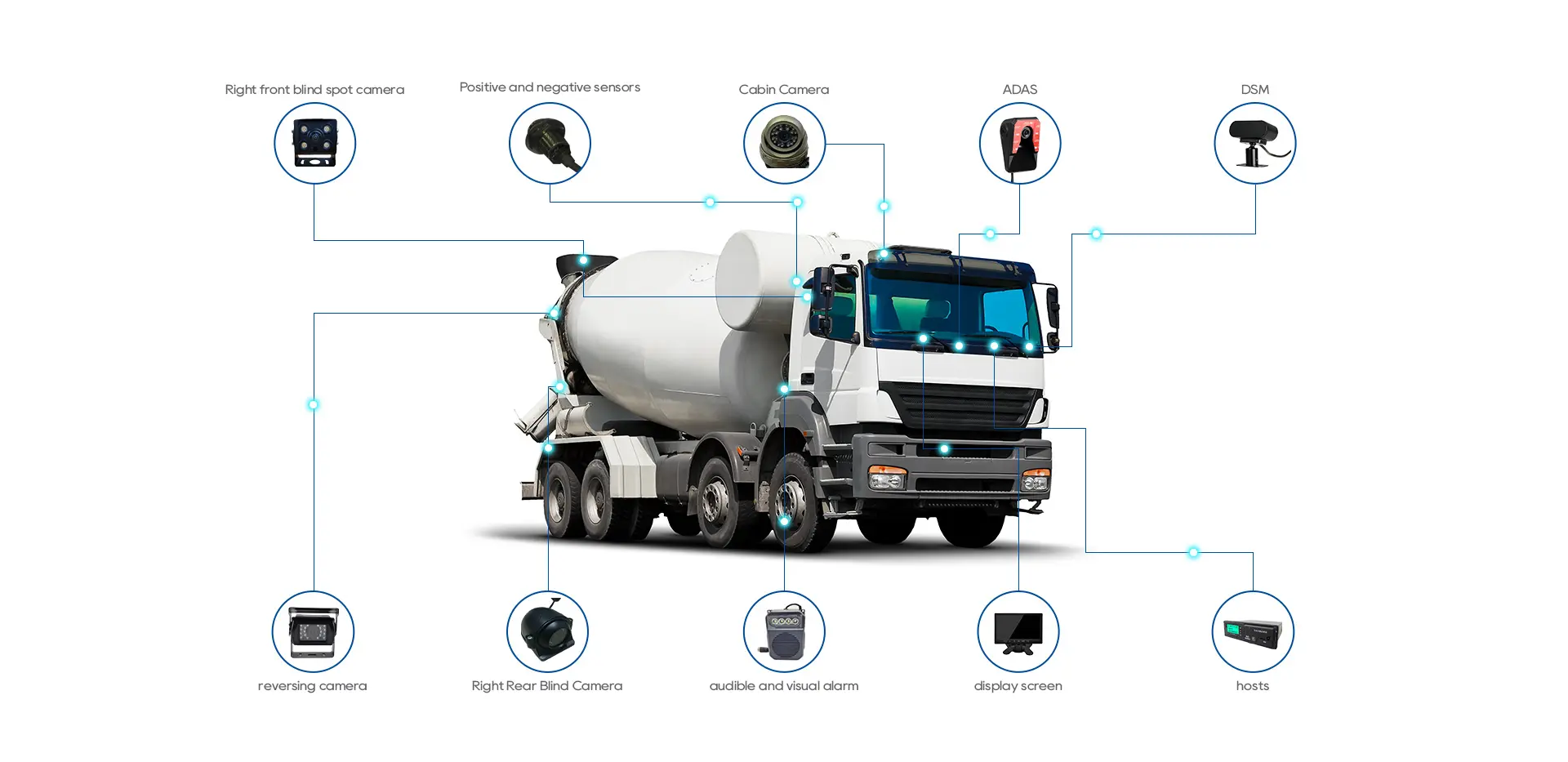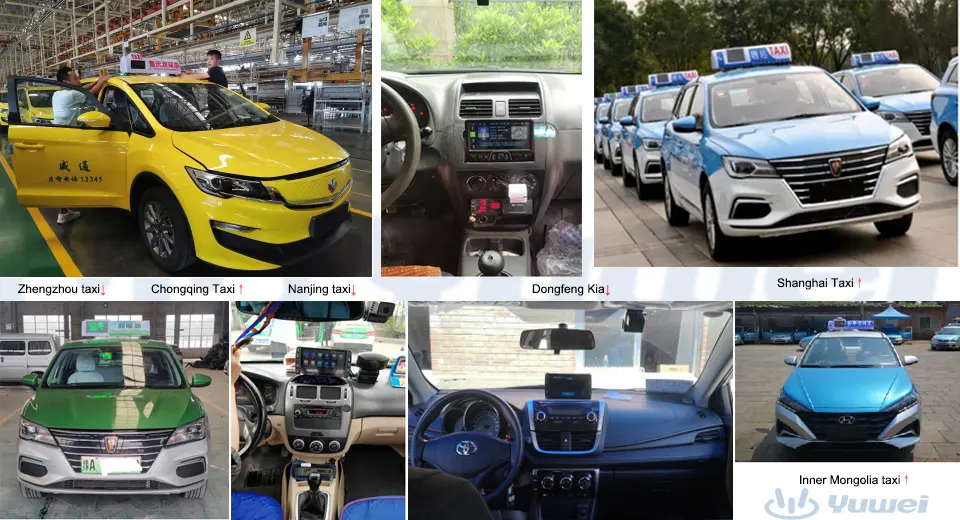Dump Truck Tracking Management System
Dump Truck Management System
With the rapid development of the economy and the ever-changing urban construction, the presence of dump trucks can often be seen on the roads, and there are often violations during the transportation and disposal of construction waste, which greatly affects urban traffic safety and the environment.

Challenges in Dump Truck Management
1. Illegal dumping
2. Open truck beds
3. Collision accidents
4. Blind spot accidents
5. Traffic violations (running red lights)
Dump Truck Tracking and Management Solution
China's YUWEI Intelligent Dump Truck Tracking and Management Solution utilizes unique algorithms to accurately identify the lifting, sealing, and empty/load status of dump truck containers. It features proactive safety warnings, alerts for blind spots on the front and right sides, fuel monitoring, and supports functions such as locking, speed limitation, and lifting limitation. This solution achieves real-time alerts for overspeeding with heavy loads, illegal dumping in restricted areas, and opening of the container during heavy load transportation.
The management platform enables real-time remote monitoring of various transportation information, document approvals, and statistical management of business data, meeting the requirements of urban management departments and transportation companies to enhance the level of dump truck clearing and transportation management.
Dump Truck Monitoring System Configuration
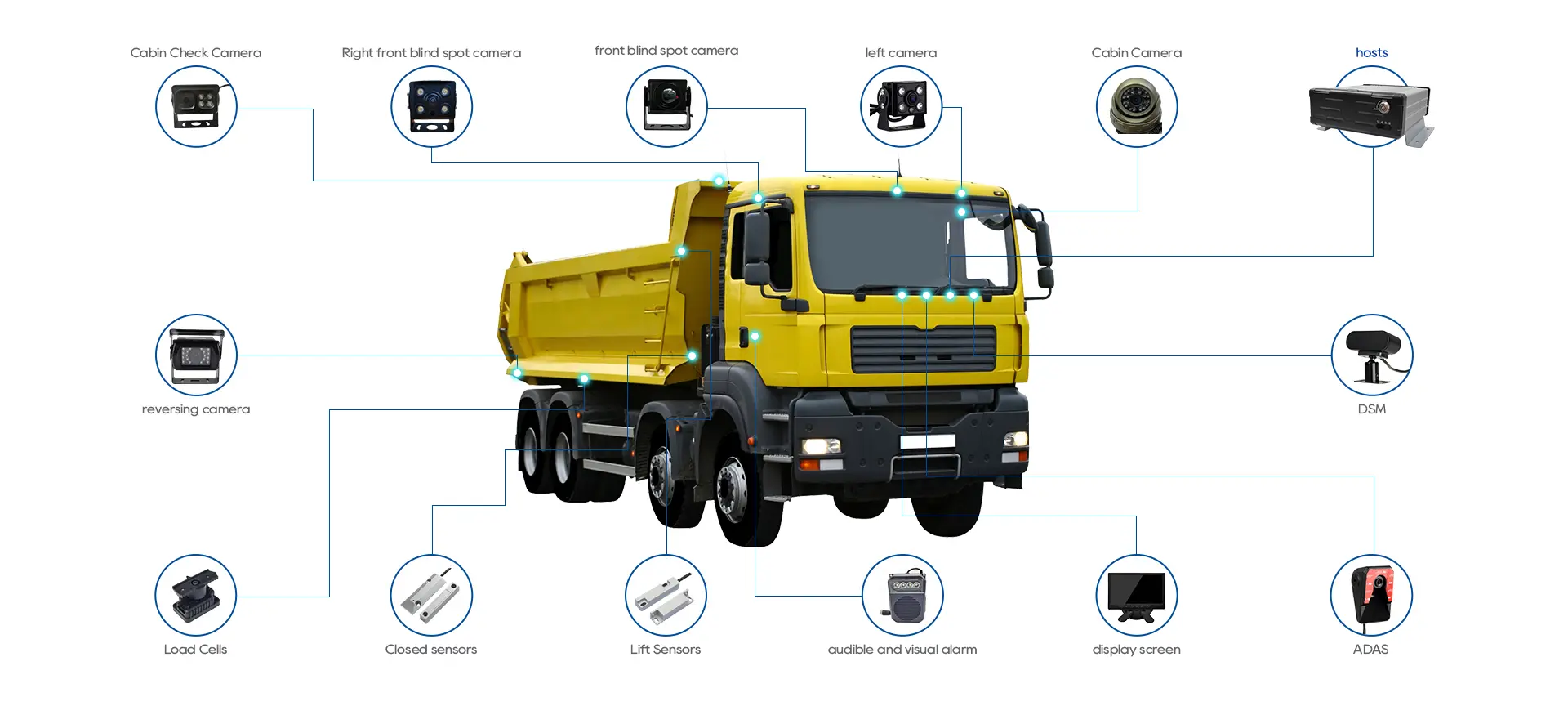
To enhance the intelligent safety assurance of soil transportation, improve the informatization management mode of soil transportation operations, and enhance the efficiency of soil management department audits and law enforcement.
Dump Truck Management System Functions
Composite truck bed status detection
How to effectively control issues like overloading, open truck beds causing environmental pollution due to leakage along the way, and illegal lifting and dumping of truck beds?

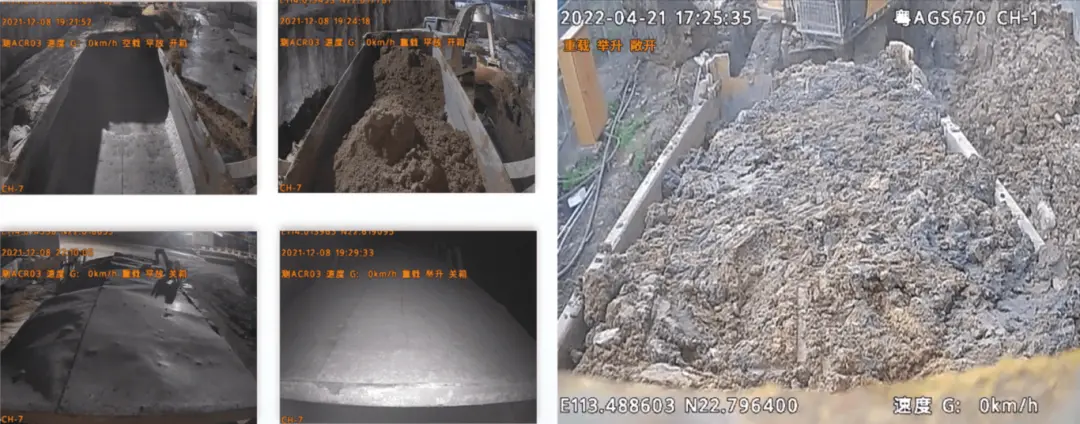
By using a composite algorithm with lifting/load/sealing sensors and monitoring cameras, a dual-logic correction method is employed to accurately identify lifting while simultaneously assisting cloud-based correction algorithms, thereby improving the accuracy of real-time monitoring of the container's lifting/lowering, empty/load, and sealed/open statuses.
hnweb_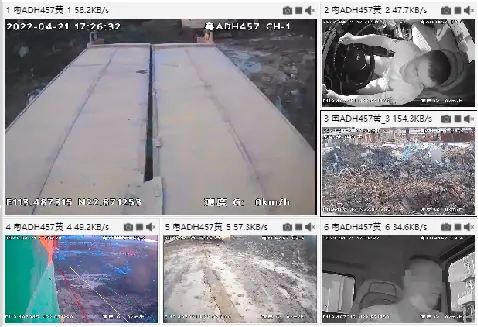
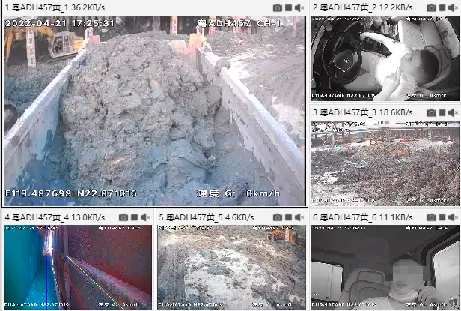
Speed and lifting limitations and other vehicle control functions
To prevent dump trucks from illegally dumping soil and polluting the environment outside designated disposal sites.
The platform can set prohibited areas and electronic fences. The soil transportation approval certificate specifies the transportation time and route for each dump truck. Drivers should transport according to the specified time and route. If a dump truck is detected deviating from the designated route, entering prohibited streets, or going to remote areas for illegal dumping, the intelligent video terminal will provide voice prompts to the driver and send the alert information to the platform.
Surrounding blind spot monitoring of vehicles
Due to their large size, dump trucks have many blind spots, which can easily cause major accidents. How to effectively remind drivers and pedestrians to avoid them?
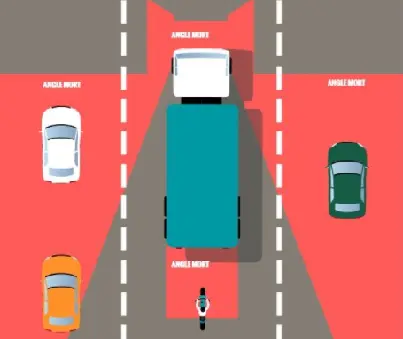
Install blind spot detection cameras on the front and right sides. The wide coverage of blind spots allows for three-level proactive warnings and alarms based on distance, with reminders on the in-car display and audible alerts outside the vehicle. Additionally, protective covers are added to the blind spot cameras to adapt to the soil environment.
hnweb_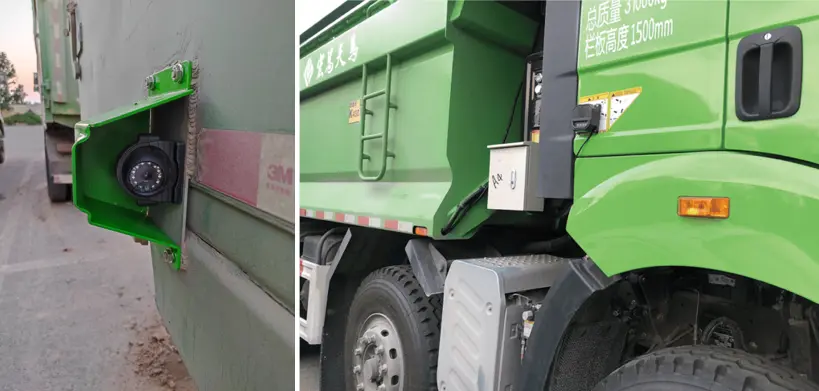
hnweb_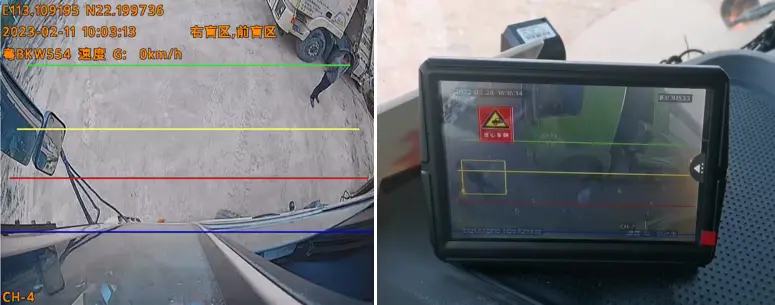
Intelligent video AI
How to prevent and urge against dangerous driving behaviors such as driver fatigue, distraction, and tailgating?
Optional configurations include Driver State Monitoring (DSM), Headway Monitoring and Warning (HOD), Advanced Driver Assistance Systems (ADAS), etc., which use facial recognition analysis and intelligent image recognition algorithms to detect driving status and provide driving safety warnings.
Transportation safety monitoring
How to effectively prevent speeding, arbitrary lane changes, running red lights, and other driving hazards?
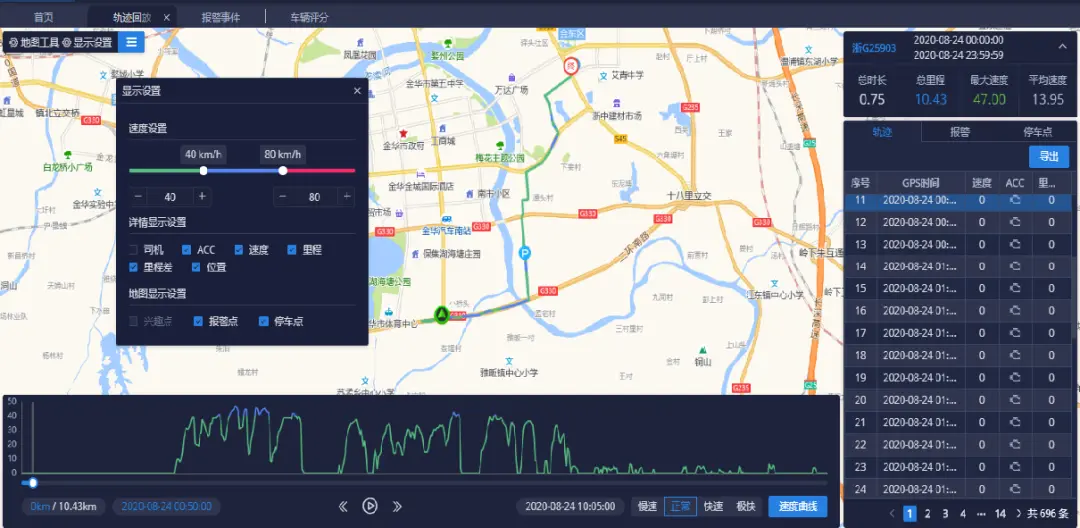
Plan and monitor dump truck routes, parking lots, restricted areas, speed limits, intersections, accident-prone areas, risk maps, etc. The system provides warnings when vehicles enter certain areas and sets segmental speed limits to remind drivers to drive cautiously in accident-prone areas.
Storage of video alarm and other law enforcement evidence
Real-time positioning, driving status, historical trajectories, real-time videos, historical videos, event and alarm summaries, etc., provide basic monitoring and law enforcement evidence retention.
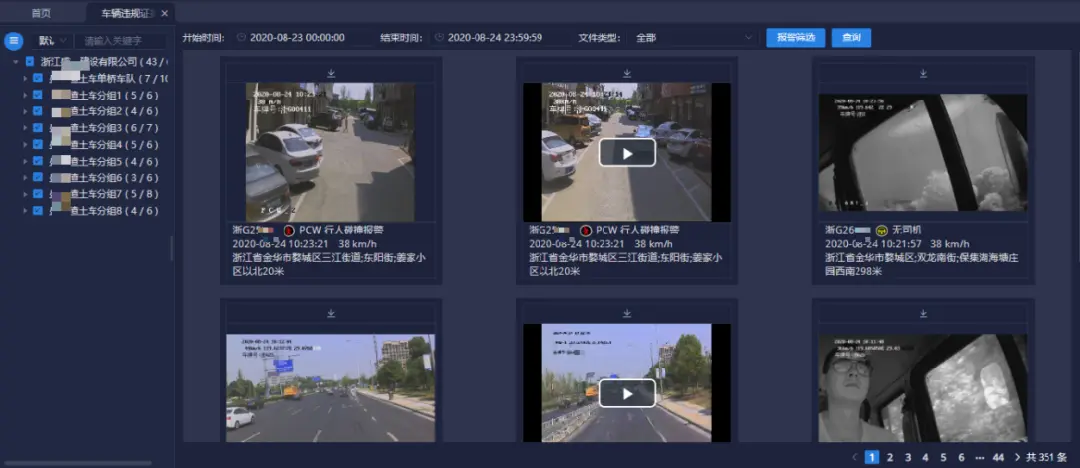
Transportation pass recognition
How to identify and control unlicensed vehicles to avoid irregular transportation operations?
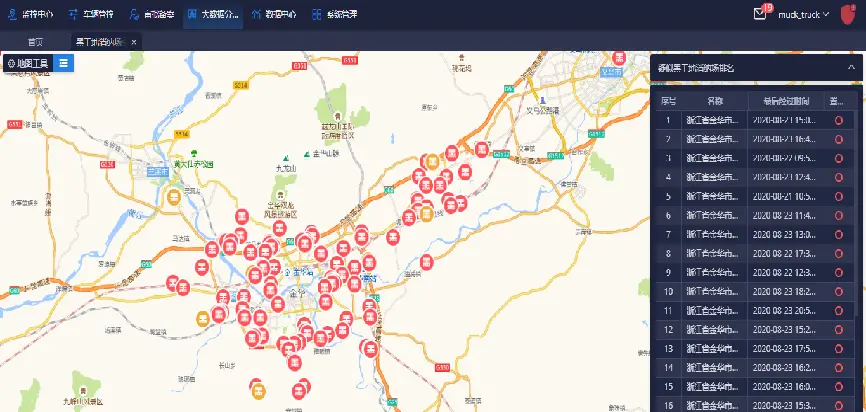
Online registration and rapid issuance of permits without paperwork are implemented to improve the efficiency and convenience of applications and approvals. This controls transportation compliance documents at the source and effectively deals with unqualified vehicles.
Platform Function Display
Various comprehensive dashboards
Transportation big data, flow big data, heat maps, etc., allow management departments to grasp overall information and make scientific decisions.
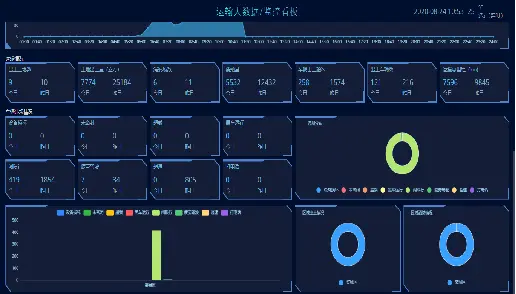
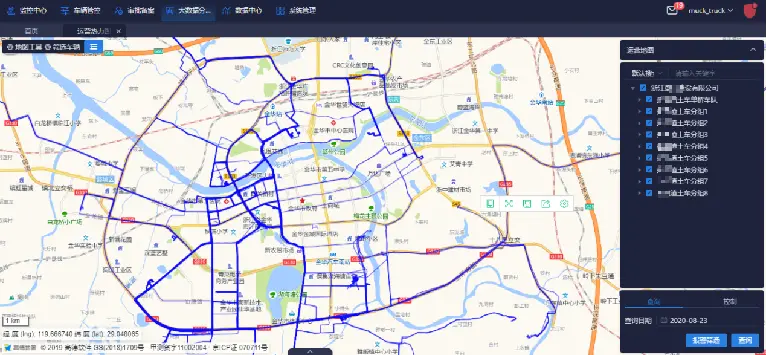
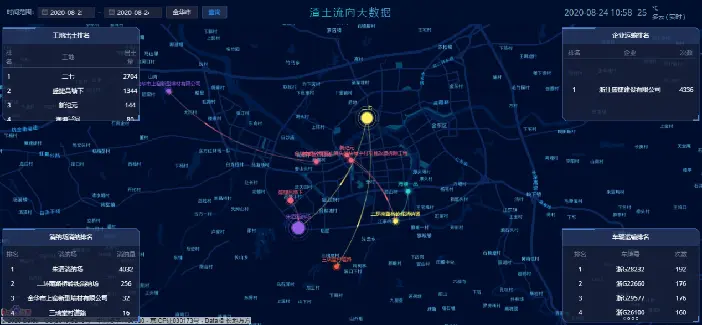
Information management
Management of construction sites, disposal sites, transportation areas, transportation companies, drivers, vehicles, terminals, etc.
Business management related to transportation orders and projects (such as trips, mileage statistics, transportation volume, etc.) enables transportation companies to effectively grasp dump truck operations.
Evaluation and assessment of enterprises, vehicles, and drivers.
Dump Truck Project Cases
Guangzhou Dump Truck Project
Approximately 1200 dump trucks from Dongfeng Liuzhou and Shaanxi Automobile. Special features include ADAS/DSM/BSD/HOD plus raindrop soil function display, achieving monitoring of driving behavior, lane status, and detection of right-side blind spots. Functions include locking, speed limitation, lifting limitation, overspeed alert with heavy loads, illegal dumping alert in restricted areas, and alert for opening container during heavy load transportation.
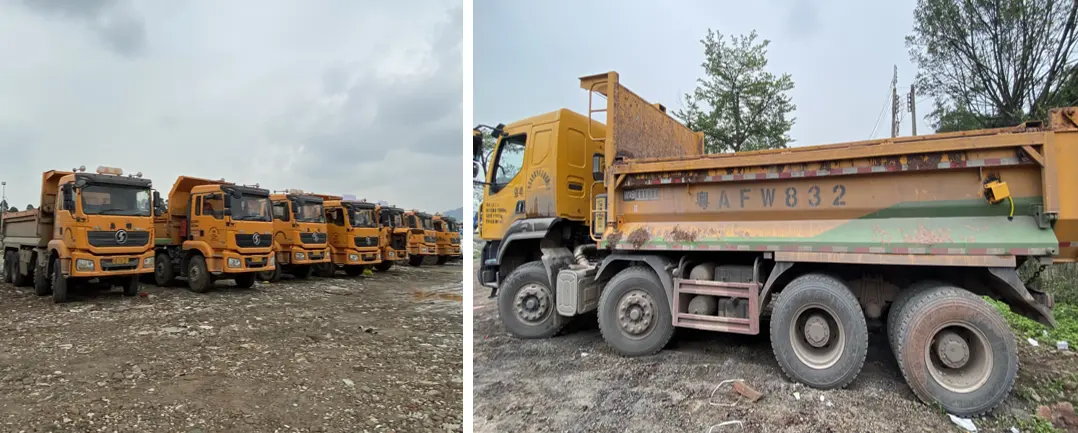
Xi'an Dump Truck Project
1000 dump trucks from Shaanxi Automobile. Project highlights include the creation of a comprehensive intelligent soil management system. Special features include driver status and right-side blind spot detection, proactive risk assessment, enhanced clearing management of dump trucks, technical and personnel measures combined with strengthened law enforcement by traffic police, receiving strong recognition from various departments.
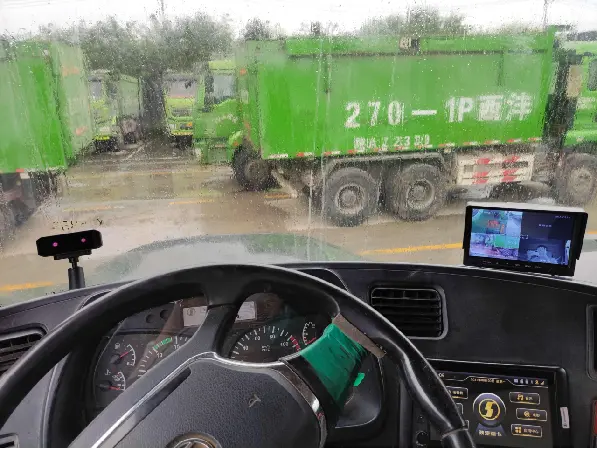
Ningbo Dump Truck Project
Meets the requirements of urban management departments and interfaces with the platform. Special features include integrated driver assistance functions, driver behavior monitoring, blind spot pedestrian monitoring (including front and right blind spots), dynamic video detection of container lifting, sealing, and empty/load status, and support for refined detection of load data.
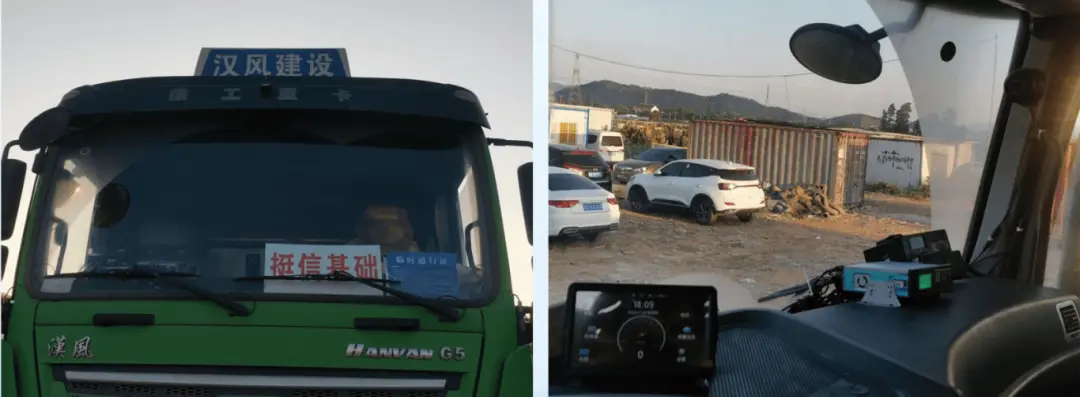
Yantai Dump Truck Project
Models include heavy trucks from FAW, Shaanxi Automobile, Dongfeng Commercial Vehicles, etc. Special features include a centralized monitoring system for command centers, operating departments, and users, unique dump truck tarpaulin algorithms, proactive safety defense, alerts for front and right blind spots, and fuel monitoring functions. Achieving standardized enterprise management, driver compliance driving, reducing the occurrence of safety accidents, and greatly enhancing operational management, intelligent monitoring, and corporate trust for customers.
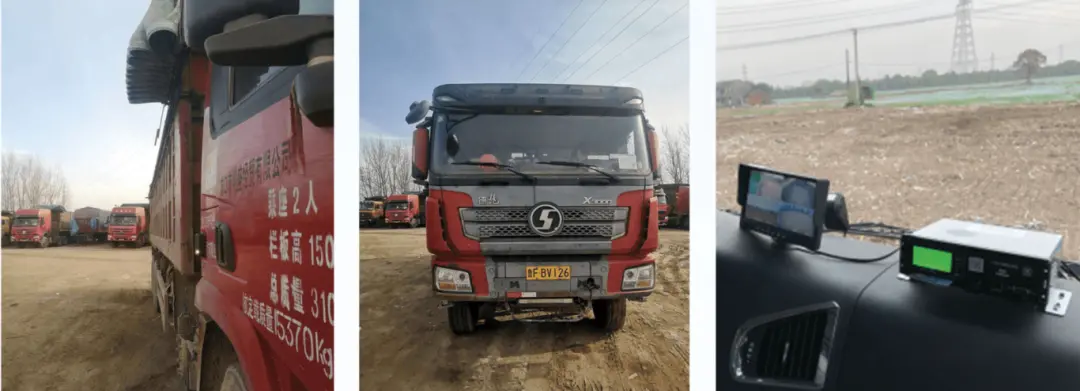
More:Truck Surveillance Camera System | Loop Recording Dash Cam | School Bus Surveillance Camera System
















